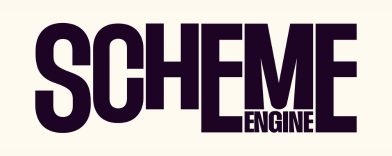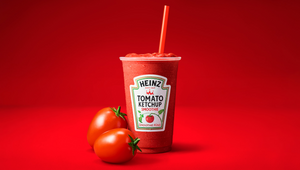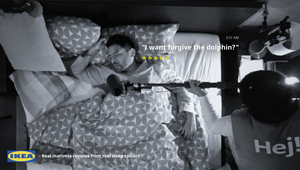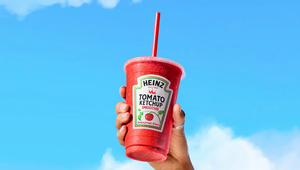
This Clever Stunt Exposed Adland’s Departure from Good Media Craft

While their work can often be overshadowed by the creative elements of an out-of-home (OOH) campaign, media planners are, undoubtedly, the backbone of this side of the business… at least traditionally.
Think of the best OOH ads you’ve physically seen – as in, in person, not via your favourite trade publication – recently. Sure, the craft is a standout element, but what really matters is the fact that you, just like your fellow passersby pedestrians on the street, have seen it. That very fact is courtesy of hardworking people whose job it is to ensure quality, execution and placement are flawless, all in the hopes of garnering maximum attention for the brand in question.
Unfortunately, not every piece of media receives this kind of love. As of late, with the rise of programmatic ad buys, it seems as though some agencies have shifted away from strong media craft, instead preferring to prioritise impressions, automated tools, and speed of execution above all else. Case in point, according to the Association of National Advertisers’ Programmatic Media Supply Chain Transparency Study, brands are spending $72 billion annually on media, of which 41% is wasted due to poor oversight from media agencies. Not a great look, to say the least.
Even without the study, however, certain businesses were already taking notice of this trend, it would seem. Notably, for Canadian creative agencies Rethink and Epitaph Group Inc., the rise of investment in automated buying systems over the past decade – and the subsequent results – has been hard to ignore.
“Many of us at Epitaph have worked at media agencies, or on the client side, and we’ve experienced how often the priority is driving down CPMs rather than driving real business impact,” explains CEO Mike Rumble. “The move away from thoughtful media strategy is largely driven by an overdependence on automation and a fixation on short-term performance. Dashboards and algorithms offer a sense of precision and control, but that clarity is often misleading. What’s being lost is the human judgment, creativity, and contextual thinking that elevate media from just delivery to real impact.”
Bonded over a mutual disagreement with this approach, last month, the two businesses took matters into their own hands, deciding they had the responsibility of starting a conversation to improve industry practices across the board. The result? ‘Garbage Media’, a Toronto-based stunt which left a few media buyers with egg on their face, so to speak.
Specifically, the agencies obtained actual miniature DOOH screens, combined them with a miniature billboard shell and base, and then put them in some less-than-desirable locations… but with a twist.
“The locations needed to feel like they had some legitimacy, so we placed them near high-traffic areas, mirroring prime DOOH spots to attract media buyers,” says Jordon Lawson, creative director at Rethink. “We even positioned some units near existing displays to blend in on the media buying exchange. But, once we got all the necessary permits, we deliberately undermined our effort by installing them in utterly useless locations, tucked in alleyways behind dumpsters and garbage.”

Hilariously, this strategy worked to perfection. While Mike describes the listing process on the open market exchange as both “thrilling and nerve-wracking”, he confirms that several brands across the QSR, tourism and CPG sectors (who he’ll keep anonymous) were duped into purchasing placements, sometimes even multiple times.
“[Garbage Media] reflects what we knew to be true from the inside,” he continues. “Now that we’ve launched, it’s incredible to see how our one-of-a-kind stunt has kick-started discussions solely focused on the betterment of our industry as a whole.”
To this point, the CEO has observed that the campaign has received overwhelmingly positive feedback, particularly from creative agencies, marketers and vendors, who feel it has sparked a long-overdue conversation. Adding that something both sides feared was making peers uncomfortable, he notes that this has been a valuable affirmation, proving Rethink and Epitaph effectively balanced risk and reward.
However, keen readers may notice that the media industry itself was not included on Mike’s list of vocal respondents, and with good reason. “While creatives and marketers have been vocal in their support, the media industry itself has been relatively quiet, and in some ways, that silence is telling,” he says. “It suggests we may have hit a nerve, and that there’s still a long way to go in making accountability a shared priority.”

Nevertheless, both Rethink and Epitaph are satisfied by these initial efforts. While there’s still much more to be done still in regards to addressing the importance of good media craft – a conversation which needs to be ongoing – this initial execution has served as a memorable way to broach a crucial subject, both in Canada and beyond.
“Media should be one of the most powerful tools a brand has,” Mike finishes. “When it’s done right, it builds momentum, connection, and business. But when it’s treated like a commodity – chasing cheap impressions with no accountability – it breaks. And, as an industry, we all feel that.”















